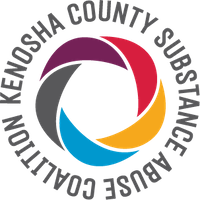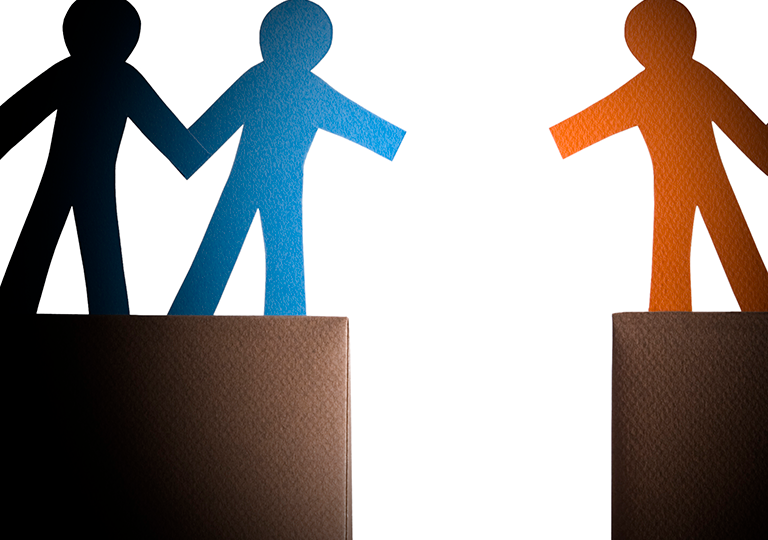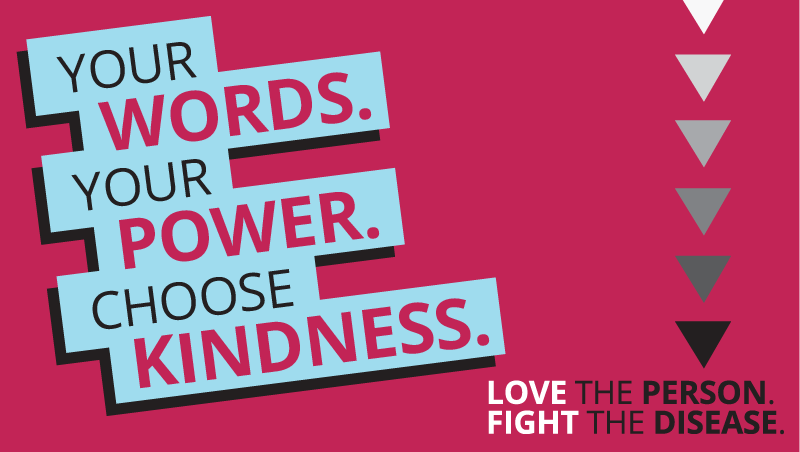No appointment with a doctor seems complete unless we’ve received a prescription, and far too many of us think that only a prescription for opioids will relieve pain. Sure, opioids are effective painkillers; how could they not be as they are simply synthetic versions of opiates like morphine and heroin. They certainly do help, but in many cases their dangers outweigh their benefits. In 2014, 20,000 people DIED due to overdose of their prescribed pain medication. Today, 4 out of 5 people addicted to heroin started with prescription opioids. That’s right: 80% of those currently addicted to heroin started first by using prescription opioids. Maybe they weren’t using their OWN prescriptions, but the idea that there are so many prescription opioids available should frighten us all; enough opioids are prescribed each year to equal one bottle for every adult in this nation. Additionally, though the United States makes up only about 5% of the population, we use 95% of the WORLD’s hydrocodone (typically Vicodin) and 80% of the WORLD’s oxycodone (typically Percoset and OxyContin).
In 1987, before the widespread use of opioids for anything but surgery, pain related to cancer, and end-of-life pain, my father, who was a practicing alcoholic, was lying in the hospital, dying of cancer that had metastasized to his brain, and the family was warned that he shouldn’t get morphine for his pain because it was “addictive.” That’s right… in 1987 in Kenosha, Wisconsin, the medical professionals didn’t want to give my dying father who suffered from alcoholism and brain cancer a painkiller because it was ADDICTIVE. My, how times have changed. Now, it seems, we get those same addictive opioid painkillers for everything from an ingrown toenail to chronic, excruciating pain.
What we didn’t know then was that in the 1980s, pharmaceutical companies and the medical profession used research in which only 38 patients were studied (https://www.ncbi.nlm.nih.gov/pubmed/2873550) to say that opioids could be safely used long term and for many more conditions than acute and end-of-life pain. More studies had been called for along with these findings, but those studies were never performed. NEVER.
“Houston, we have a problem.”
Actually, we have two: first, opioids are overprescribed. So, what can we do about that? We can learn what works and ask our doctors and dentists for alternatives.
- First, there are medical alternatives:
- Ibuprofen is as effective for pain relief of broken bones as opioids, and it’s safer, especially for children.
- Acetaminophen is recommended as a first line of treatment by the American College of Rheumatology.
- Steroids can inhibit injured nerves, providing pain relief.
- Anti-depressants can sometimes treat nerve, muscular, and skeletal pain.
- Anticonvulsants can relieve neuropathic pain.
- Aromatherapy studies have looked at patients with chronic pain, pain due to labor, and pain with other symptoms and have found that aromatherapy encouraged relaxation through the effects of touch and smell. Admittedly, more research needs to be done on aromatherapy as a painkiller, but as a treatment option, it’s relatively harmless and so worth a try! (https://www.psychologytoday.com/blog/overcoming-pain/201201/chronic-pain-and-aromatherapy)
- Hypnotherapy, generally hypnotic induction followed by suggestions of relaxation and comfort, has been shown in a meta-analysis to reduce pain in a variety of conditions. (https://www.ncbi.nlm.nih.gov/pmc/articles/PMC2752362/)
- Low-impact exercise can help improve mobility and functionality, and studies have shown that yoga and tai chi are effective in reducing pain. (https://nccih.nih.gov/research/results)
- Acupuncture, which uses needles to stimulate specific points on or under the skin, has been used in Eastern medicine for centuries, and according to the Harvard Medical School, a meta-analysis of more than 29 studies indicated that acupuncture was effective in relieving pain by approximately 50%. (http://jamanetwork.com/journals/jamainternalmedicine/fullarticle/1357513)
- Massage is another alternative to medical pain management and has been supported by several studies, especially for non-specific lower back pain. (https://www.ncbi.nlm.nih.gov/pmc/articles/PMC1876616/)
- Physical therapy uses exercise, manipulation, and massage to address inflammation, stiffness, and soreness as it also helps the body heal itself.
Our second problem is this: opioids work on our brains to make us think we’re in more pain than we are. We’re told by prescribing medical professionals, “Take one or two pills every three to four hours. Stay ahead of your pain.” But because of how opioids trick our brains, soon one pill every four hours or so becomes two pills every three hours…until we are taking them even more quickly and NOT as prescribed. Taking opioids for more than two to four weeks generally causes an increase in tolerance…meaning that we’ll need to take more of the pills for the same effect. And THIS is what is so frightening.
Once tolerance builds, withdrawal symptoms are generally felt, if the opioids are reduced.
We are a country of individualistic people who think this will never happen to them, but approximately 2.5 million people in the US can tell us otherwise.




